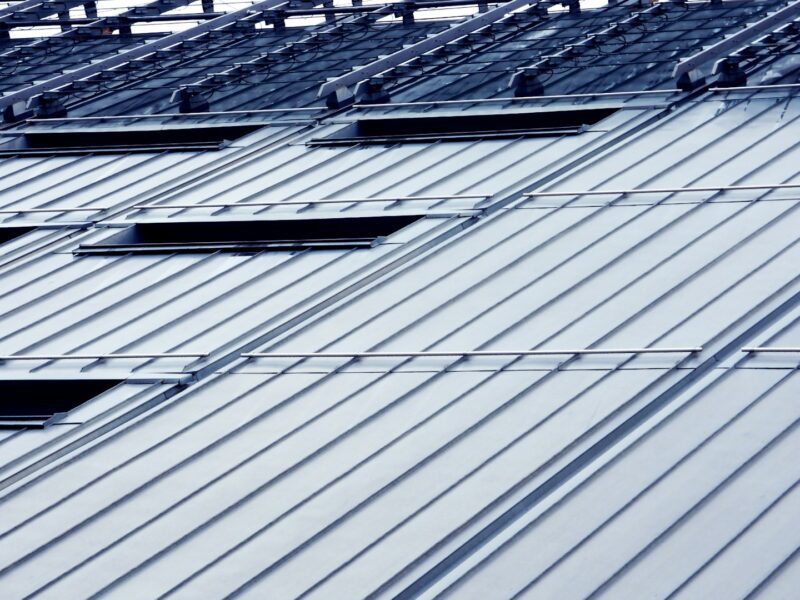If you’re planning to buy a solar panel for your home or business, it’s essential to compare the efficiency of different types. This will help you choose the right type for your needs and budget. Monocrystalline and polycrystalline solar panels have higher efficiency ratings. They are also typically cheaper than thin-film and a-Si panels.
Contents
Monocrystalline
There are multiple types of solar panels; the two main types are monocrystalline and polycrystalline. Both are made from silicon, the conductive material that creates electricity when it absorbs sunlight. In general, monocrystalline solar panels have higher efficiency than polycrystalline ones. This is because monocrystalline cells are created from a single silicon crystal. This purity of the material allows for more freedom for the electrons to move and convert light into electricity. The average efficiency of monocrystalline solar panels ranges from 15% to 23%, while that of polycrystalline solar panels is between 13-16%. Despite these higher efficiency levels, monocrystalline panels still have a significantly higher price than polycrystalline solar panels. However, as manufacturing processes and solar panel technology improve, the price gap between monocrystalline and polycrystalline panels has shrunk considerably. Aside from efficiency, the type of solar panel you choose depends on many factors. These include your personal preferences, space constraints, and financing options.
Monocrystalline solar panels are a good option for an aesthetically appealing look. These black panels have a solid appearance and blend well with most roofs. Thin-film solar panels are another option that can be a great alternative to crystalline silicon.
Polycrystalline
The efficiency of solar panels is one of the most important factors to consider. This is especially true if you plan to install solar power for your home or business. The type of solar panel you choose can significantly affect how much energy your solar system produces and how much money you save over the long term. Polycrystalline and monocrystalline solar panels differ significantly in their efficiency, and which one you choose depends on various factors. Some of the biggest considerations include manufacturing process, appearance, and cost.
Monocrystalline panels are made from single silicon crystals that are melted and reformed into wafers. They also produce less waste than polycrystalline panels, which helps keep costs lower.
Monocrystalline panels are the right choice if you’re looking for an efficient solar panel that looks good on your roof. They’re usually black, but they can also come in blue or pink hues.
They’re more aesthetically pleasing than polycrystalline panels and are often more widely available. However, they could be more durable and reliable. While both solar panels are efficient, monocrystalline panels outperform their polycrystalline counterparts on many key metrics, including efficiency, temperature coefficient, and lifespan. They’re also more resilient to harsh weather conditions, which makes them the preferred option for homes and businesses.
CIGS
CIGS solar panels offer high efficiency and low cost. They have also been shown to be suitable for a wide range of applications. They are ideal for building-integrated photovoltaics (BIPV) and PV rooftops, among other types of installations. They can also be manufactured into thin-film modules for flexible applications, such as curved roofs or the sides of buildings.
Currently, CIGS has the highest cell efficiency of any of the thin-film technologies. This is because CIGS has a direct bandgap and is, therefore, highly absorbent to sunlight, making it possible to achieve high efficiency even at low light levels. In addition, the material is also tunable for spectral absorption and can be used in tandem with a silicon photovoltaic cell. There are many methods for depositing CIGS, including co-evaporation, sputtering, and electroplating. Co-evaporation is the most common method to achieve record yields among these. Other techniques for depositing CIGS are chemical bath deposition, physical vapor deposition, and liquid-precursor spray printing. Liquid-precursor spray printing is a unique process that uses pressure to apply precursors on the substrate. It is also known as “spray-printing” because it applies the material on the surface of the substrate.
Amorphous Silicon
In addition to the power capacity of the panel, one of the main factors affecting the efficiency is how efficiently the electrons are moved through the cell. Generally, the higher the efficiency, the more energy is generated per power unit. Monocrystalline panels are the most efficient solar panel types, achieving an efficiency rating of around 20% or higher. These panels can achieve this because they are made from single pieces of silicon, making them more efficient than polycrystalline panels. Manufacturers inject phosphorus or boron onto the silicon wafers to make these panels more efficient. The phosphorus or boron will create a positive-negative (p-n) junction on the silicon wafers. This will then allow the n-type and p-type silicon to conduct electricity.
Other types of A-Si solar cells use different layers to help conduct electricity. These include amorphous silicon, which is more flexible and cheaper than crystalline silicon. However, A-Si has a few downsides, including low efficiency and light-induced degradation. This problem can be mitigated by maintaining the thin silicon film and keeping the density of the dangling bonds low.



